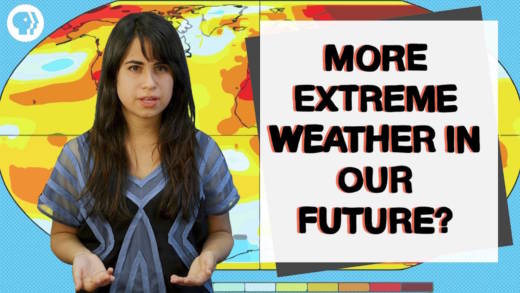Are you a middle school or high school science teacher looking to provide your students with a new, inquiry-based, NGSS-oriented learning opportunity?
If so, you may want to check out the recently launched KQED Learn.
KQED Learn is a free, flexible platform for inquiry-based learning, a hub for student-voice, a launching pad for exploration, and a showcase for student-made media that inspires students to research, reflect and respond to timely issues.
When all is said and done, I wouldn’t be the least bit surprised if your students describe what they find on Learn as having provided them with a very interesting, informative, and engaging learning experience.
To Explore Learn
Begin by registering as a teacher and creating your class. Then have your students do the following:
- Register at KQED Learn and join your class using your class code.
- Go to the most recent Go Above the Noise topic.
- View the video.
- Read the accompanying article.
- Respond to the Go Above the Noise question for the topic. (This your students can do as they would with anything in your class . . . by first making a claim and then providing their supporting evidence and reasoning.) But, since they’re participating in an online community, they can also respond to comments from students in different schools and classrooms.
Then, invite your students to go deeper into the topic by joining an Investigation. In Investigations, your students can:
- Join other students who are investigating the same topic. Participants’ names will appear on the right side of the screen. This collaborative space is one of the best and most distinctive aspects of KQED Learn.
- Upload a video, article or other online resource they have found that helps answer the core Investigation question. All students in the Investigation will be able to see, rate and comment on the resource.
- Upload their own Make & Share–a digital media piece that your students have produced that answers the core Investigation question. This could be a video, slideshow, PSA, blog post, infographic, music clip, etc.
- Reflect on the Make & Shares that other students have uploaded.
One of the great beauties of KQED Learn is that when students post/upload something to the site, other students, as long as they are registered to access Learn, can respond to that post/upload, but the rest of the world cannot.
How I Made Use of Learn in my High School Physics Class
I began by having my students take each step described above. Then I decided to have my students make some additional use of KQED Learn.
